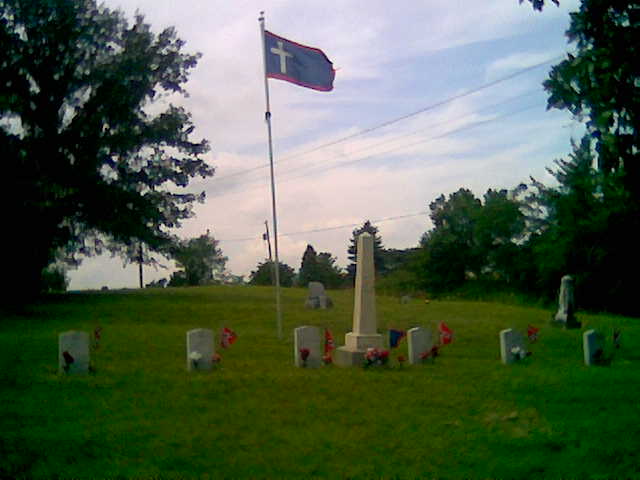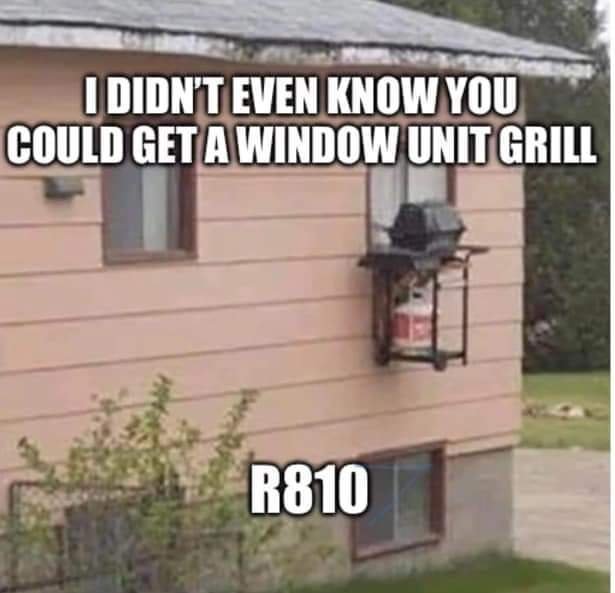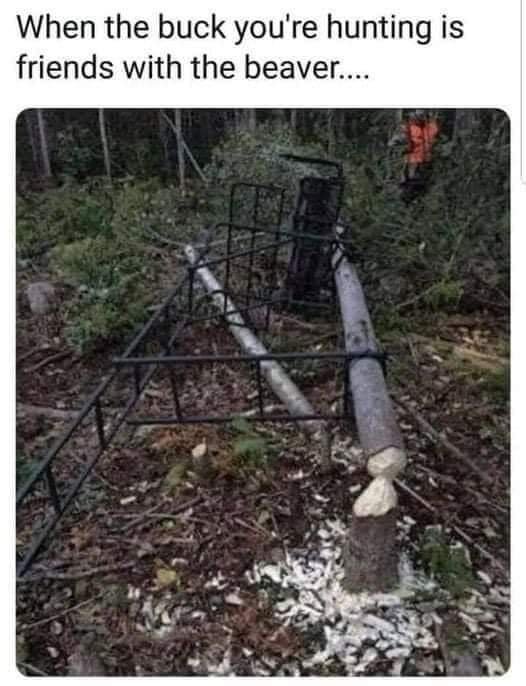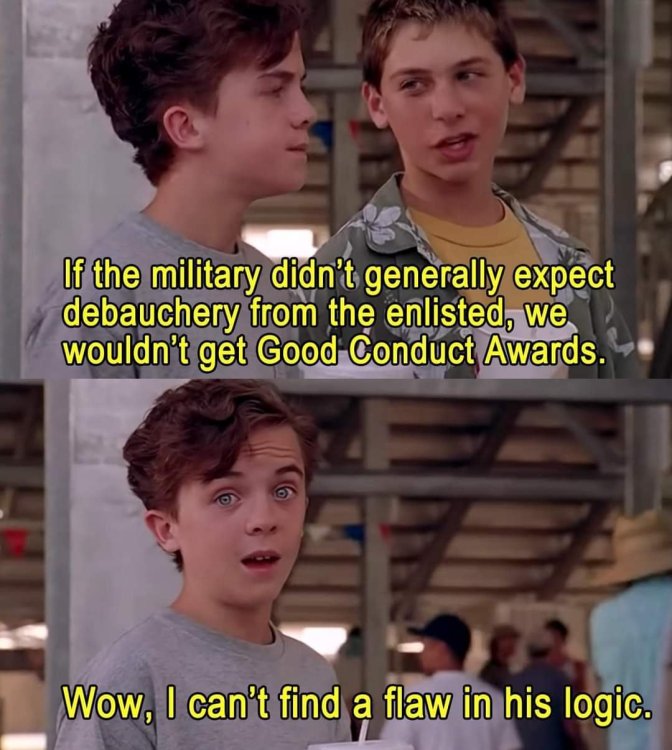-
Posts
47,547 -
Joined
-
Last visited
-
Days Won
593
Content Type
Profiles
Forums
Events
Everything posted by Subdeacon Joe
-
-

A comparison of Israeli and Russian armies
Subdeacon Joe replied to Marshal Mo Hare, SASS #45984's topic in SASS Wire Saloon
Israel was able to put its army in the field. In general the Arab armies, especially in the '40s and '50s, had much of their supplies appropriated by high ranking officers and public officials. -
-
I see "going rate" as the price of a generally available commodity the price of which varies greatly from suppliers. Usually I see it on menus for seafood "catch of the day," crab, and lobster. Scalpers price is when a person, or several persons, buy quantities of a very limited commodity with the intention of selling it at a greatly inflated price. Usual examples are tickets for concerts or sporting events.
-

A comparison of Israeli and Russian armies
Subdeacon Joe replied to Marshal Mo Hare, SASS #45984's topic in SASS Wire Saloon
And so was much less corrupt than the Arab armies. -

S&W Safety Shooting Glasses - Cancer Warning
Subdeacon Joe replied to Buckshot Bear's topic in SASS Wire Saloon
Proposition 65 is ONLY California. Other states may have some equally stupid requirements, but CA is by far the most stupiderous. -

A comparison of Israeli and Russian armies
Subdeacon Joe replied to Marshal Mo Hare, SASS #45984's topic in SASS Wire Saloon
But the Arab states that fought Israel, being armed with Soviet Tanks, Soviet Aircraft, and Soviet small arms were trained by Soviet/Russian advisors. None of those armies, or a combination of those armies, were able to defeat Israel. -
-
-

A comparison of Israeli and Russian armies
Subdeacon Joe replied to Marshal Mo Hare, SASS #45984's topic in SASS Wire Saloon
And it was Soviet/Russian military advisors that trained most of the Arab armies. -
-
Door dash!
-

S&W Safety Shooting Glasses - Cancer Warning
Subdeacon Joe replied to Buckshot Bear's topic in SASS Wire Saloon
I had to figure it out for work a few years ago. If for some reason you were to sand, file, grind, the frame or lenses, or do anything else that might generate dust or smoke from them there is a tiny chance that inhalation or ingestion of the dust or smoke might cause cancer. That's why it's on things like calipers, wrenches, bars of aluminum and steel. -

S&W Safety Shooting Glasses - Cancer Warning
Subdeacon Joe replied to Buckshot Bear's topic in SASS Wire Saloon
The California Prop. 65 warning is practically useless. Some moron tried to make coffee products carry Prop 65 warnings. Fortunately the case came before a judge that could think and ruled, in effect, that it wasn't likely that anyone could drink the 50 gallons (or other insanely large quantity) of coffee to encounter any cancer risk. I've seen Prop 65 warnings on micrometers, calipers, bars of Aluminum, bars of steel, and lumber. -
-
https://youtu.be/1b6auSQPvGs?si=E4JlMQRbNEBw1mE3
-
-
Injured, malnourished, weakened to the point of death, but with an unbroken spirit... He died separated from his men, but close to God. Chaplain (Captain) Emil J. Kapaun, United States Army, killed while a POW in North Korea, 1951, awarded the Medal of Honor; Servant of God (the first step in the process of Sainthood). Father Kapaun was always at the front, traveling miles and miles in his Jeep to minister to soldiers and civilians alike, no matter where they were. He became known as a man of deep faith, true peace, and utter disregard for his own safety. His Medal of Honor reflects the intensity of combat and unbelievable courage under fire (he once had his ever present pipe shot out of his mouth). His greatest challenge, and perhaps his true calling, may have been to the men he was imprisoned with. Wearing a signature knit cap, Father Kapaun constantly defied his North Korean captors (terrified of him and his indomitable faith) encouraging his soldiers at every moment, stealing food at night to hold starvation at bay. Somehow Father Kapaun kept his faith and was able to support others as they all approached death from torture and starvation. One of his many little acts: an officer managed to secure some tobacco. Knowing Father Kapaun’s love of his pipe, he gave him a share. The officer noted later Father Kapaun smoking dried oak leaves and asked him about the tobacco. Father Kapaun had given it away to other soldiers. Injured, malnourished, weakened to the point of death, but with an unbroken spirit, the North Koreans finally put Father Kapaun in their so called “hospital”, leaving him to die of starvation, pneumonia, and neglect. He died separated from his men, but close to God. As his Medal of Honor reflects, he was courageous under fire, risking his life countless times to help those in need. He was also courageous in a completely different way in captivity: keeping his faith, encouraging those around him, never losing hope, working tirelessly for the good of others, and never “letting the bastards get you down” (he would say this to the men in Latin and it would sound much more priestly). From his MoH Citation: ...as Chinese Communist Forces viciously attacked friendly elements, Chaplain KAPAUN calmly walked through withering enemy fire in order to provide comfort and medical aid to his comrades and rescue friendly wounded from no-man's land. Though the Americans successfully repelled the assault, they found themselves surrounded by the enemy. Facing annihilation, the able-bodied men were ordered to evacuate. However, Chaplain KAPAUN, fully aware of his certain capture, elected to stay behind with the wounded. After the enemy succeeded in breaking through the defense in the early morning hours of November 2, Chaplain KAPAUN continually made rounds, as hand-to-hand combat ensued. As Chinese Communist Forces approached the American position, Chaplain KAPAUN noticed an injured Chinese officer among the wounded and convinced him to negotiate the safe surrender of the American Forces. Shortly after his capture, Chaplain KAPAUN with complete disregard for his personal safety and unwavering resolve, bravely pushed aside an enemy soldier preparing to execute Sergeant First Class Herbert A. Miller. Not only did Chaplain KAPAUN'S gallantry save the life of Sergeant Miller, but also his unparalleled courage and leadership inspired all those present, including those who might have otherwise fled in panic, to remain and fight the enemy until captured. Chaplain KAPAUN'S extraordinary heroism and selflessness, above and beyond the call of duty, are in keeping with the highest traditions of military service and reflect great credit upon himself, the 3rd Battalion, 8th Cavalry Regiment, the 1st Cavalry Division, and the United States Army. He was one of twelve chaplains to die in Korea. Four U.S. Army chaplains were taken prisoner in 1950, all of whom died while in captivity. “Out of suffering have emerged the strongest souls...”
-
Which for the Allies was a good thing. Mass 1,350 tonnes (1,490 short tons; 1,330 long tons) Length 47.3 metres (155 ft 2 in) Barrel length 32.5 metres (106 ft 8 in) L/40.6 Width 7.1 metres (23 ft 4 in) Height 11.6 metres (38 ft 1 in) Crew 250 to assemble the gun in 3 days (54 hours), 2,500 to lay track and dig embankments. 2 flak battalions to protect the gun from air attack. Shell Armored-Piercing Shell (AP) High-Explosive Shell (HE) Caliber 800 millimetres (31 in) Elevation Max of 48° Rate of fire 1 round every 30–45 minutes or typically 14 rounds a day Muzzle velocity 820 m/s (2,700 ft/s) (HE) 720 m/s (2,400 ft/s) (AP) Effective firing range c. 39,000 metres (43,000 yd) Maximum firing range 47,000 metres (51,000 yd) (HE) 38,000 metres (42,000 yd) (AP)
-
10 of FFFFg
-
A lot of poultry on the menu. I'm not seeing any four footed meat.
-
-

Chicken Stew, It's What's for Dinner
Subdeacon Joe replied to Subdeacon Joe's topic in SASS Wire Saloon
That was the idea. Came out pretty good -
I've seen trailers for it and didn't think it would be worth watching. I know it's odd, but I've never been much of a fan of Belushi or Akroyd.












